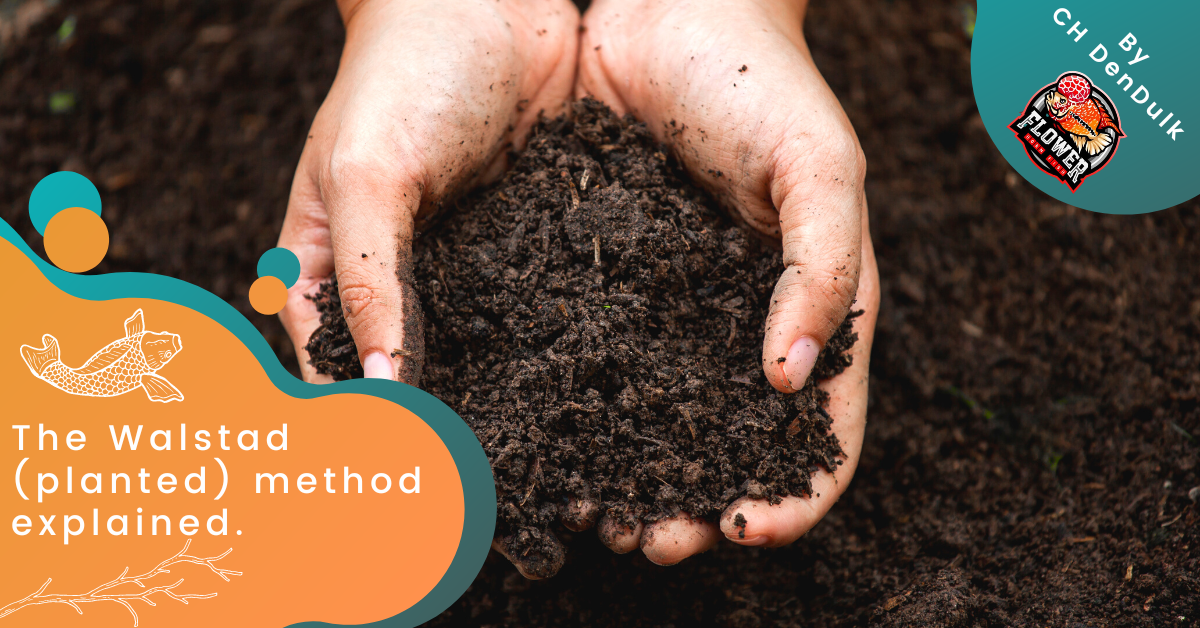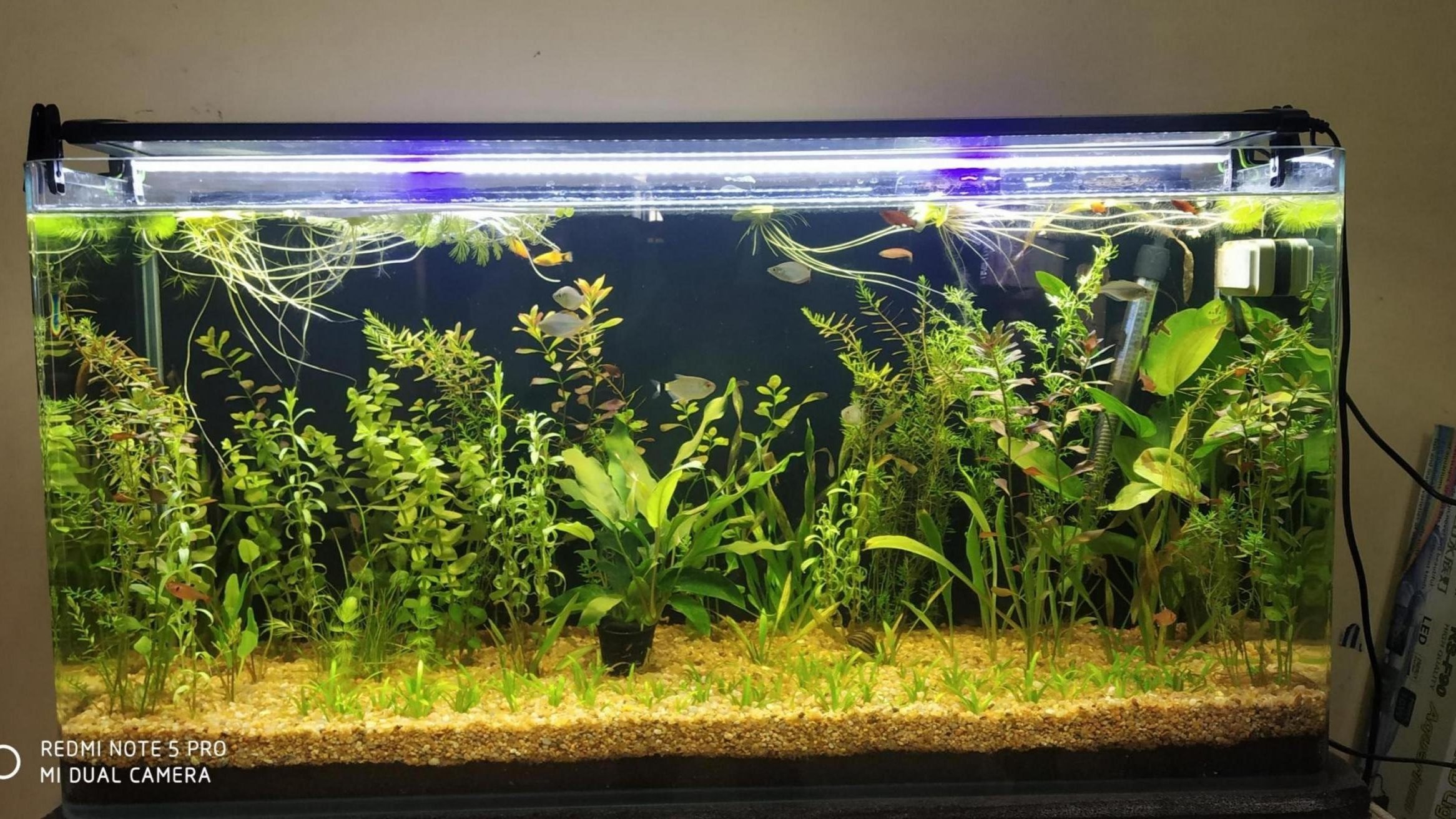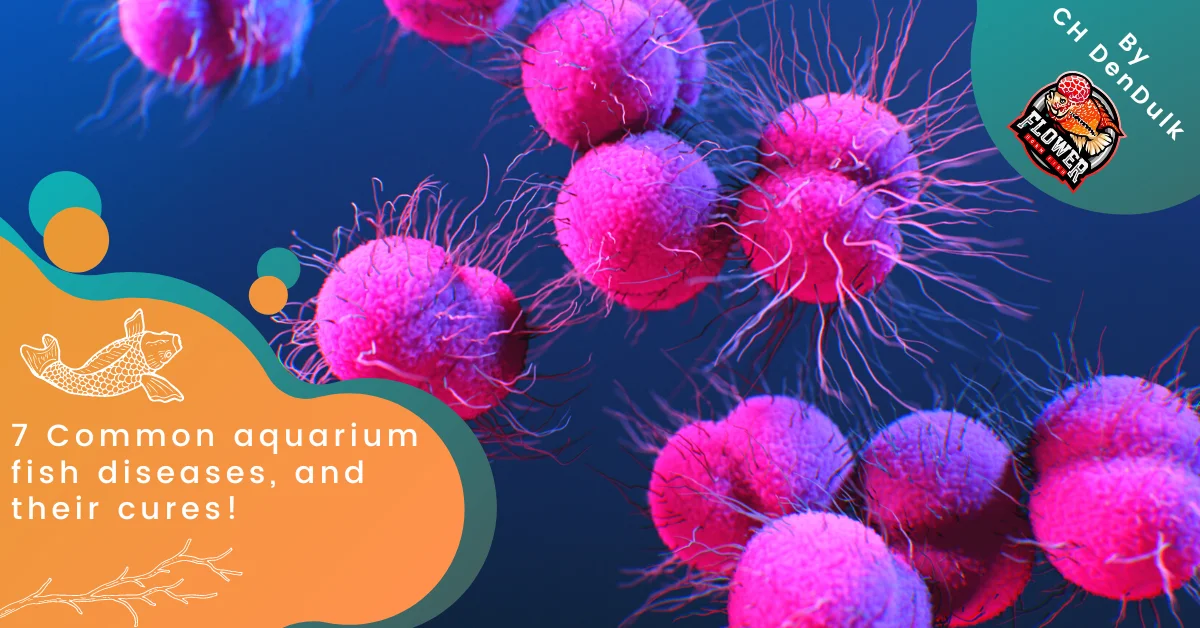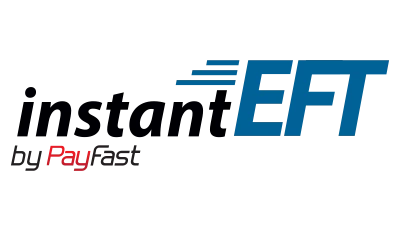
The Walstad method is a popular aquarium planting technique named after Diana Walstad, an aquatic ecologist and author of the book “Ecology of the Planted Aquarium.” The Walstad method, also known as the natural aquarium method or soil-substrate aquarium method, involves creating a self-sustaining ecosystem within an aquarium without the use of filters, CO2 injection, or other artificial equipment. The Walstad method is based on the principles of ecology, where plants and animals coexist in a natural balance. The goal is to recreate this balance in an aquarium by using a soil substrate and live plants to create a nutrient-rich environment for the fish and other aquatic organisms. The soil substrate is made up of a layer of topsoil covered by a layer of gravel or sand. This substrate provides the plants with essential nutrients, such as nitrogen, phosphorus, and potassium, which are necessary for their growth.

The Walstad method requires some initial preparation and setup. The first step is to choose the right aquarium size and shape. A larger aquarium is generally better, as it provides a more stable environment for the plants and fish. The next step is to add a layer of topsoil to the bottom of the aquarium. The topsoil should be organic and free from any chemicals or fertilizers. The soil layer should be around 7cm deep, but this can vary depending on the size of the aquarium. Once the soil layer is in place, a layer of gravel or sand should be added on top. This layer should be around 3cm deep and should be rinsed thoroughly before adding it to the aquarium. The gravel or sand will help to prevent the soil from being disturbed and will provide a stable base for the plants.
After the substrate is in place, the aquarium should be filled with water. It is important to add water slowly to prevent the soil from becoming disturbed. Once the aquarium is filled, live plants should be added. The plants should be chosen based on their compatibility with the fish and the aquarium’s environment. Plants that are easy to care for, such as java fern, anubias, and crypts, are good choices for beginners. Once the plants are in place, the aquarium should be left alone for a few weeks to allow the plants to establish themselves. During this time, it is important to monitor the water quality regularly. Water changes should be done as needed, and any dead or dying plant material should be removed promptly.
The key elements of the Walstad method are:
- Soil Substrate: Unlike traditional aquariums that use gravel or sand as a substrate, the Walstad method involves using a layer of nutrient-rich soil at the bottom of the tank. The soil acts as a natural fertilizer for the plants and provides a source of nutrients for the animals.
- Live Plants: The Walstad method relies heavily on live plants, which serve multiple functions in the aquarium. They produce oxygen, absorb carbon dioxide and other toxins, provide hiding places and food sources for the animals, and create a natural and aesthetically pleasing environment.
- Minimal Water Changes: The Walstad method advocates for minimal water changes, as they can disrupt the delicate balance of the ecosystem. Instead, the plants and soil work together to filter and purify the water naturally.
- Low Stocking Density: The Walstad method also recommends keeping a low stocking density, as too many animals can overwhelm the ecosystem and create imbalances. It’s important to choose compatible species that can coexist peacefully and not overpopulate the tank.
Benefits of the Walstad Method:
- Low Maintenance: The Walstad method requires less maintenance than traditional aquariums, as the natural processes in the ecosystem take care of many of the tasks. For example, the plants help to keep the water clean and clear, and the soil provides a source of nutrients for them.
- Natural and Aesthetically Pleasing: The Walstad method creates a natural and aesthetically pleasing environment, as it mimics the look and feel of a natural ecosystem. The live plants and soil substrate create a realistic and vibrant habitat for the animals, and the lack of artificial decorations and equipment gives the aquarium a more natural look.
- Healthy and Happy Animals: The Walstad method provides a healthier and happier environment for the animals, as they have access to natural food sources and hiding places. They can also exhibit more natural behaviors, such as foraging, breeding, and interacting with each other.
- Sustainable: The Walstad method is a sustainable approach to aquarium keeping, as it relies on natural processes and materials rather than artificial ones. It also promotes conservation and preservation of natural habitats by reducing the demand for wild-caught animals and plants.

Challenges of the Walstad Method:
- Slow startup: Establishing a self-sustaining ecosystem can take time, sometimes several weeks or even months. During this time, the aquarium may experience fluctuations in water quality, algae growth, and other issues.
- Limited fish stocking: Because the Walstad Method relies on a delicate balance of plant growth and nutrient cycling, the number and types of fish that can be kept in the aquarium may be limited.
- Limited plant options: Some aquarium plants may not thrive in a Walstad-style setup, and finding a suitable balance of plant species can be challenging.
- Algae growth: Without regular water changes and other maintenance, algae growth can become a problem in a Walstad-style aquarium.
- Difficult to adjust: Once established, the balance of a Walstad-style aquarium can be difficult to adjust without disrupting the ecosystem
The Walstad method is unique in that it relies on the plants to filter the water and maintain the aquarium’s ecological balance. The plants absorb nutrients from the soil and water, which helps to keep the water clean and healthy for the fish. The plants also produce oxygen, which is essential for the fish and other aquatic organisms to survive. One of the benefits of the Walstad method is that it is a low-maintenance aquarium setup. Once the plants are established, the aquarium can be left alone for long periods without the need for water changes or other maintenance tasks. The natural balance of the ecosystem helps to keep the water clean and clear, which reduces the need for artificial filters or other equipment. This makes the Walstad method an excellent choice for those who want to move away from artificial setups, or those looking to challenge themselves.










